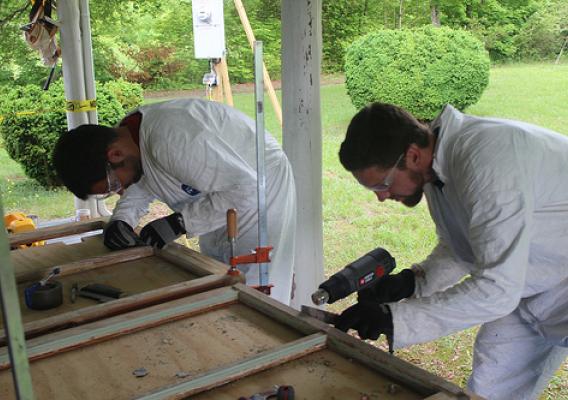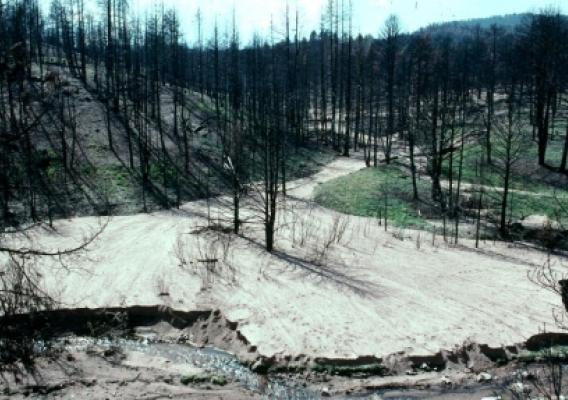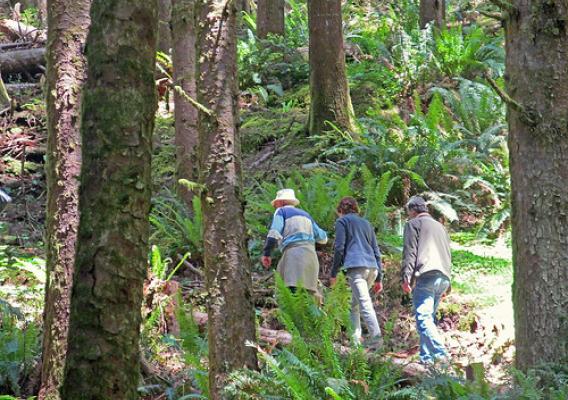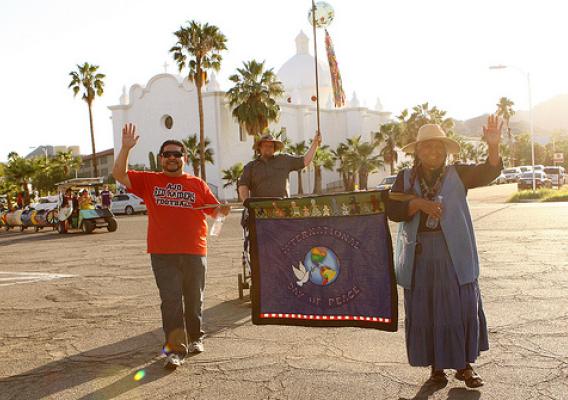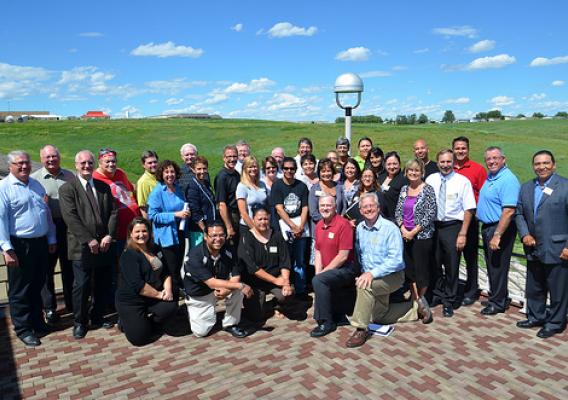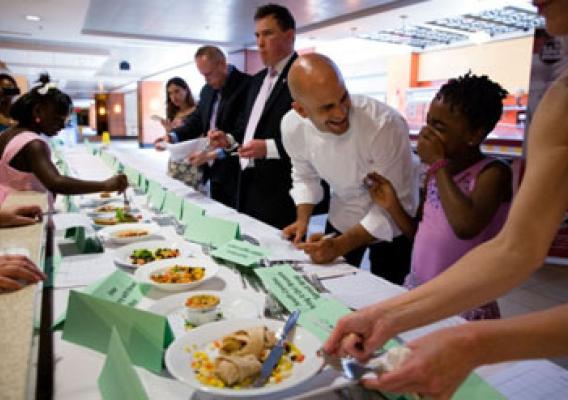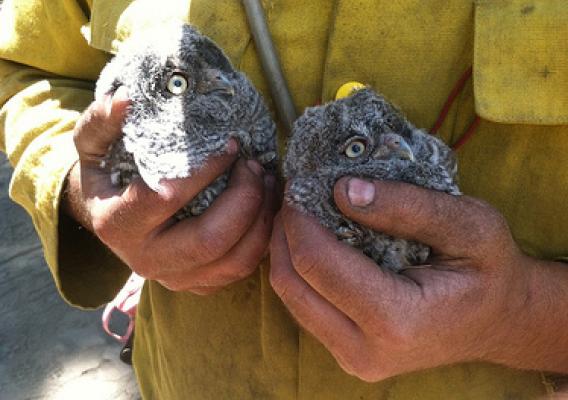On July 9th, budding young chefs gathered at the White House for the Let's Move! Kids’ State Dinner, hosted by First Lady Michelle Obama, to celebrate their culinary accomplishments in the Epicurious “Healthy Lunchtime Challenge”. Let’s Move!, Epicurious, the U.S. Department of Education, and USDA collaborated on the challenge and honored the 54 finalists who created the winning recipes at last week’s celebration. Contestants were challenged to come up with healthy recipes using USDA’s MyPlate food icon for inspiration. The winning recipes reflected the appealing symbol, with healthy amounts of fruits, vegetables, whole grains, lean proteins, and low-fat dairy.
I was honored to be USDA’s advisor and a judge for this year’s competition, and attend the Kids’ State Dinner with the winners. Here, at the USDA, we are proud to see this national example of how MyPlate is helping children make healthy choices when preparing and consuming food. Events such as this encourage other children to adopt good eating patterns and pursue healthy lifestyles.


